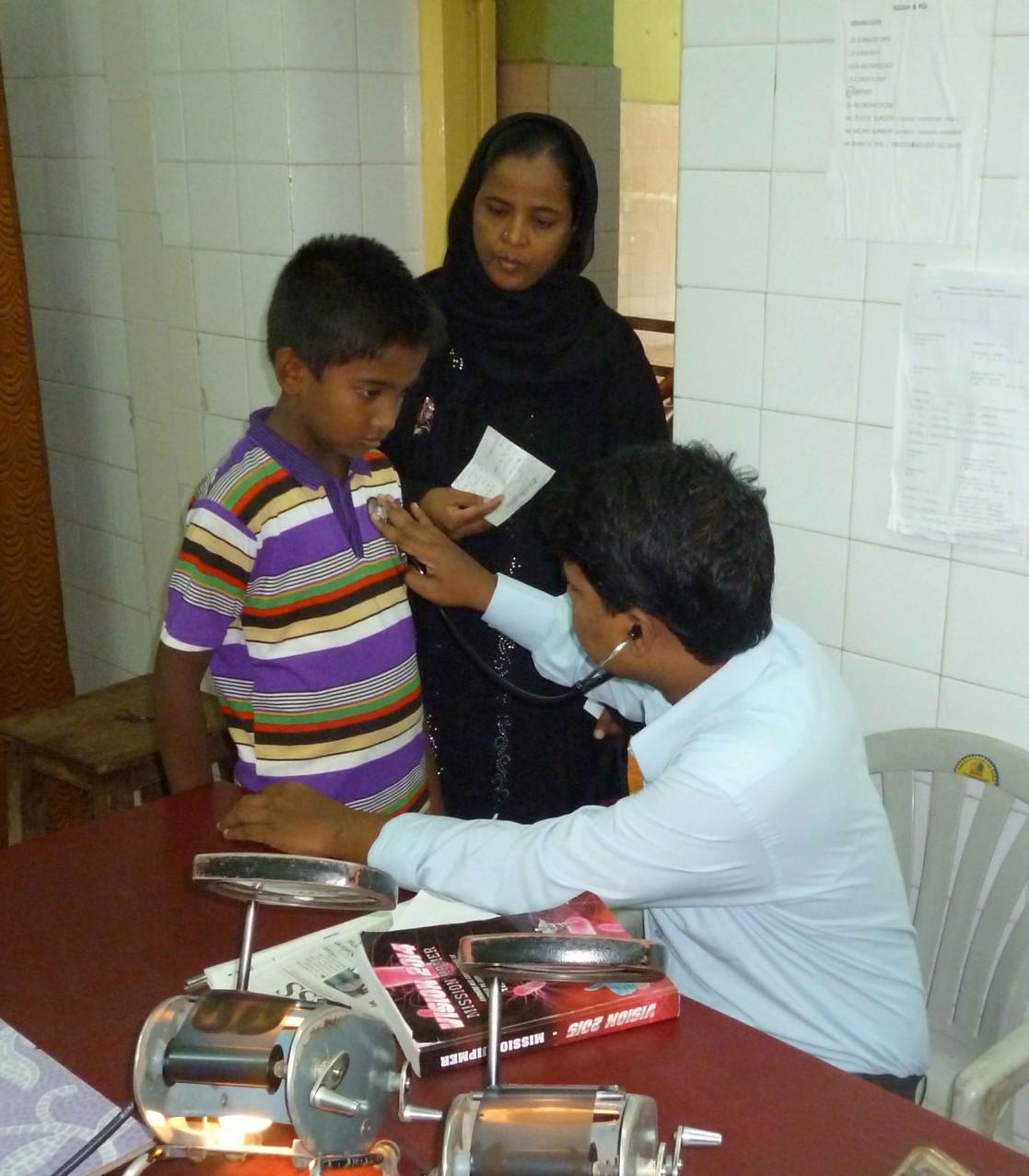A new report from a tuberculosis (TB) research and advocacy group suggests the COVID-19 pandemic and resulting lockdowns could have a devastating impact on the global TB burden in the coming years.
According to a modeling analysis commissioned by the Stop TB Partnership, a lockdown that disrupts TB diagnosis, treatment, and prevention services for 2 months, followed by the 2 months it would take to get normal TB services back up and running, could result in a rapidly growing pool of undetected and untreated TB patients. Over the next 5 years, that could produce an additional 1.8 million TB cases and 342,000 deaths globally.
Under a worst-case scenario of a 3-month lockdown and 10-month restoration period, global cases would rise by 6.8 million, with 1.4 million excess deaths, the analysis found. The World Health Organization (WHO) says that 2018 saw an estimated 10 million TB cases and 1.5 million TB deaths.
"The more severe the lockdown, the more severe the impact is going to be on the TB burden," said Nimalan Arinaminpathy, PhD, a professor mathematical epidemiology at Imperial College London who worked on the modeling study, said in a media briefing.
'Snowball effect' of lockdowns
The analysis focused on three high-TB burden countries—India, Kenya, and Ukraine—where disruption of TB care could have a significant impact, then extrapolated the excess cases and deaths from those countries for a global estimate of the impact.
The modeling study was commissioned by the Stop TB Partnership after a rapid assessment in early April found that, because of COVID-19 lockdowns, national TB programs in 20 high-burden countries were observing declines in TB case detection and the number of people accessing services. The assessment also found that many TB facilities were being used for COVID-19 response.
In India, the number of TB notifications dropped by 80%.
"We got completely terrified because a drop of this size in case notifications means that a huge number of people remain undiagnosed, untreated, and are spreading the disease further," said Lucica Ditiu, MD, executive director of the Stop TB Partnership.
While COVID-19 restrictions have varied from country to country, many countries have implemented stay-at-home strategies lasting several weeks. The lockdown in Wuhan, China, where the pandemic originated, lasted 76 days. Italians were forced to stay home for more than 50 days.
Arinaminpathy said the concern is that the inability of people to access TB services over several months, followed by an even longer period of limited access to those services, will have a "snowball effect" on transmission.
"You have somebody with an infectious disease who can pass on infection to a certain number of people, and those people can then pass on infection to others," he said.
Such an effect would erase the progress that's been made against TB, which is the world's leading infectious disease killer. Though 1.5 million people a year still die from TB, incidence and deaths have been declining steadily in recent years, and countries have committed to significantly scale up efforts to find and treat TB patients early in the course of the disease.
At the United Nations high-level meeting on TB in 2018, global leaders committed to ensuring access to preventive TB treatment for 24 million contacts of patients with active TB, and 6 million people with HIV, by 2022. The COVID-19 pandemic could prove a major setback for those efforts.
"We're looking at perhaps a 5- to 8-year setback in terms of TB control efforts at the global level," under the worst-case scenario, Arinaminpathy said, with TB incidence and deaths in 2021 rising to levels not seen since 2013 and 2016, respectively.
And the impact could be even worse because the modeling doesn't account for how SARS-Cov-2—the virus that causes COVID-19—may affect TB patients. Early data suggest people with lung damage from TB may high have a higher risk of severe outcomes from coronavirus infection.
"As that information becomes available, we might be looking at a much more dire situation," said Cheri Vincent, MPH, head of the TB division at USAID, which supported the analysis. Researchers from Johns Hopkins University and Avenir Health were also involved.
In March, the WHO urged all member states to maintain continuity of services for people with TB as they respond to the COVID-19 pandemic. The Stop TB Partnership is echoing that message, and calling for national TB programs to secure multiple months of TB drugs and use virtual communication tools to provide support for TB patients and providers.




















